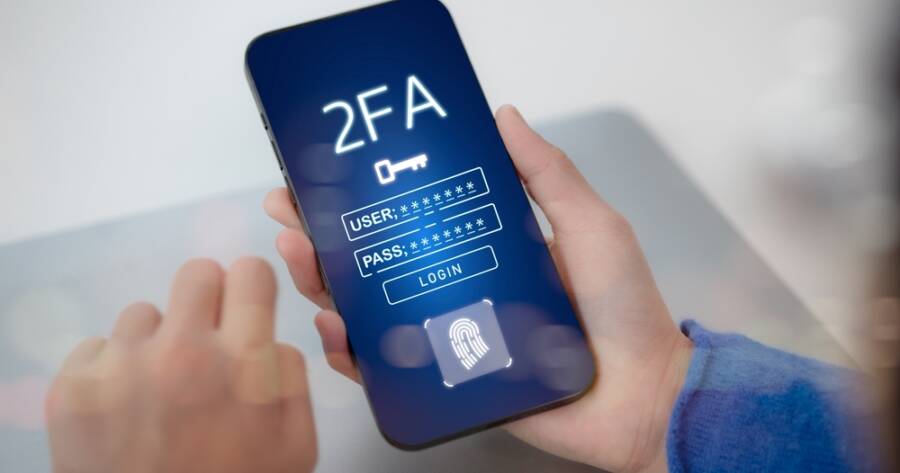Protecting sensitive data is no longer just a concern for large companies. Individuals and small teams face many of the same threats—from phishing attempts to stolen passwords—often with fewer resources. Building a simple cybersecurity toolkit can go a long way. With the right habits and tools in place, you can create a secure digital environment without needing deep technical knowledge or a big budget.
Password Managers: The First Line of Defense
Weak or reused passwords remain one of the easiest ways hackers gain access to sensitive data. Password managers are essential tools that generate and store strong, unique passwords for every site and app you use. They encrypt your data so that even if a device is lost or stolen, your logins remain safe.
Popular password managers offer browser extensions and mobile apps, allowing you to autofill login credentials securely across devices. Some also alert you to weak or compromised passwords, and many support two-factor authentication (2FA) for an added layer of protection.
Using a password manager helps reduce the mental load of remembering dozens of credentials while strengthening your security posture—something every team member, regardless of tech skill, can benefit from.
Two-Factor Authentication: Simple, Powerful Protection
Two-factor authentication (2FA) is a security method that requires users to verify their identity in two ways—usually a password and a temporary code from a mobile device or app. Even if your password is compromised, a hacker still can’t access your account without the second factor.
Authenticator apps like Google Authenticator, Authy, and Microsoft Authenticator are safer than SMS-based verification, which can be intercepted through SIM-swapping. Most major services—email, banking, file sharing—support 2FA, and enabling it only takes a few minutes.
For small teams, it’s important to make 2FA a standard practice for all key tools and accounts. This one step can drastically reduce the risk of unauthorized access to your systems and data.
Secure File Sharing and Cloud Storage
Sharing files online is a daily task for most people, but doing it securely is not always top of mind. Email attachments, open links, or poorly configured cloud services can expose sensitive data to the wrong eyes.
Look for cloud storage platforms that offer granular sharing controls, such as view-only access, password-protected links, and expiration dates for shared files. Services like Google Workspace, Dropbox, and Microsoft OneDrive provide these features, but they must be properly used.
For especially sensitive documents, encrypt files before uploading them. Some tools offer built-in encryption, or you can use third-party apps to encrypt and decrypt files before sharing. Team members should be trained on what types of files require extra security and how to handle them.
VPNs and Secure Networks
Public Wi-Fi is convenient, but it’s also a hotspot for potential cyber threats. Using a virtual private network (VPN) helps secure your internet connection by encrypting all traffic between your device and the web. This makes it harder for hackers to intercept sensitive information like login credentials or payment details.
VPNs are especially useful when traveling, working remotely, or accessing internal systems over an unsecured connection. For small teams, a reliable VPN allows remote employees to safely access shared resources without opening the door to outside threats.
In addition to VPNs, ensure your home or office network uses a strong Wi-Fi password, WPA3 encryption, and regularly updated router firmware. These simple steps create a more secure foundation for all digital activity.
Backup and Recovery Planning
No cybersecurity strategy is complete without a backup plan. Whether due to cyberattacks, hardware failure, or human error, data loss can be devastating. Backing up your data regularly—ideally both online and offline—ensures that you can recover quickly if something goes wrong.
Use a reliable cloud backup service along with physical backups to external hard drives stored in a safe location. Make sure backups run automatically on a regular schedule and test the recovery process so you know it works before you actually need it.
For small teams, define who is responsible for backups and where critical files are stored. Clear backup protocols reduce confusion and downtime during emergencies.
Proactive, Not Paranoid
Cybersecurity might sound intimidating, but the truth is that small, thoughtful actions go a long way. By using tools like password managers, 2FA apps, VPNs, and secure file-sharing platforms, individuals and small teams can significantly lower their risk of attacks and data breaches.
Being proactive about digital security doesn’t require expensive equipment or complex systems—it starts with awareness and consistency. Building a cybersecurity toolkit that fits your lifestyle or team setup can offer peace of mind and protect what matters most in our increasingly connected world.

